Trauma Resuscitation Updates
RebelEM
MAY 25, 2023
In the initial management of trauma patients there are 4 key principles that should be followed: Control bleeding Restore tissue perfusion Minimize iatrogenic injury from the resuscitation itself Promote hemostasis References: Dutton RP et al. Hypotensive resuscitation during active hemorrhage: impact on in-hospital mortality.
.jpg)

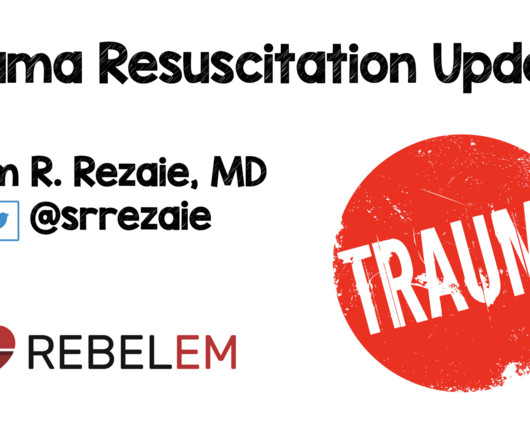
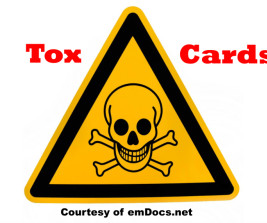
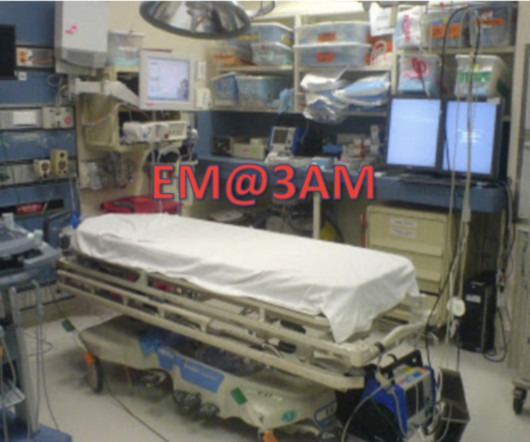



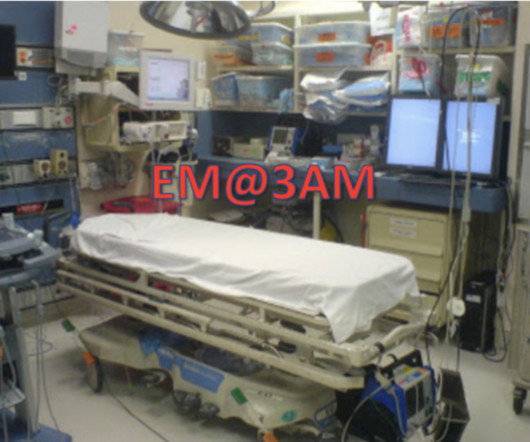

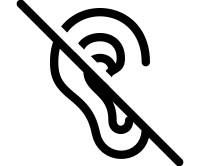

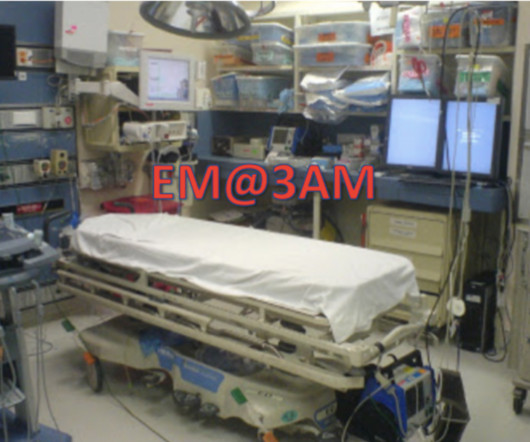

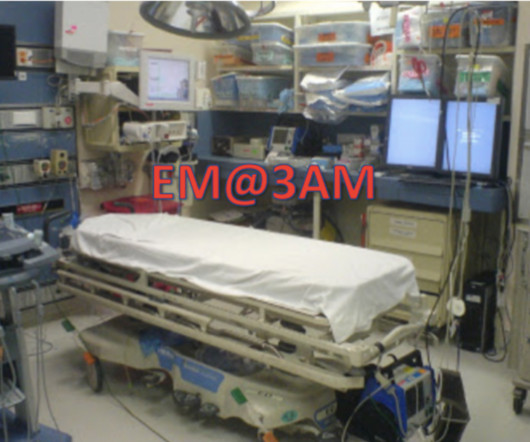







Let's personalize your content